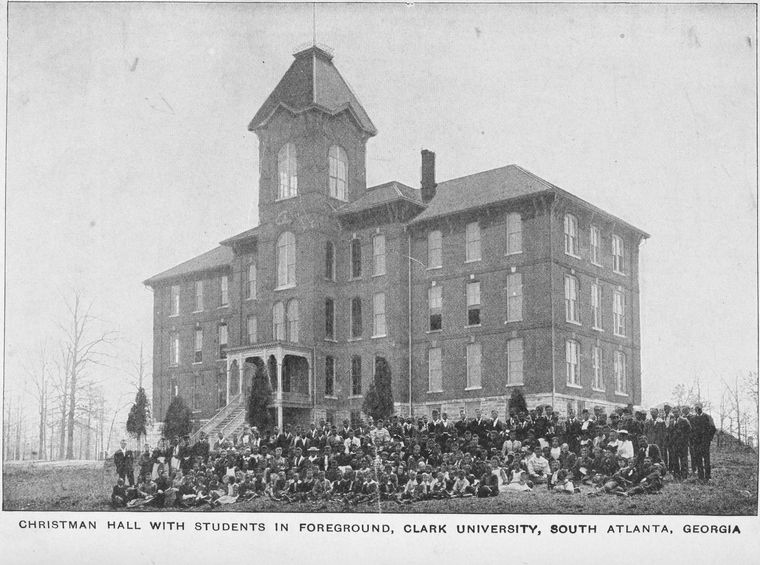Most historically black colleges and universities are located in southern counties home to black populations with above-average rates of HIV infection, a new study finds.
The issue: Human immunodeficiency virus (HIV) infection rates are higher in the American South than any other region in the country, according to government data. The region is also home to the nation’s largest black population, which bears a significant proportion of these HIV cases. In 2014, for example, 54 percent of new HIV diagnoses in the South were found in black people, who in 2010 made up 20.2 percent of the region’s population.
In the campaign to prevent the spread of HIV, public health initiatives have often focused on education. Historically black colleges and universities (HBCUs) — most of which arose after the Civil War to provide opportunities for higher learning to black students — are an integral aspect of the educational landscape in the South. (The majority of the nation’s approximately 100 HBCUs are located there.)
A new study considers the positioning of these schools to help mobilize HIV-related public health efforts. The study indicates that HBCUs are located mostly in areas with above-average prevalence of HIV infection for blacks compared to the national average.
An academic study worth reading: “Social Determinants of HIV Disparities in the Southern United States and in Counties with Historically Black Colleges and Universities (HBCUs), 2013-2014,” published in PLoS ONE, 2017.
About the study: A team of researchers in the division of HIV/AIDS Prevention at the U.S. Centers for Disease Control and Prevention (CDC) identified 69 counties in the South that are home to HBCUs. They overlaid the location of HBCUs onto HIV prevalence data from the CDC’s National HIV Surveillance System’s data, which was current through the end of 2013.
The researchers also looked at survey data from the 2010-2014 American Community Survey (ACS), which collects social and demographic information nationwide. They examined how factors such as education, home ownership and unemployment might relate to HIV prevalence in the 69 southern counties that have HBCUs.
Key findings:
- About 80 percent of southern counties with HBCUs have rates of HIV infection in blacks above the national average.
- On average, about 616 of every 100,000 people of all races in southern counties with HBCUs are HIV positive. Nationally, about 295 of every 100,000 are HIV positive, on average.
- The researchers suggest that HBCUs could be “important public health partners for helping to develop structural interventions that strengthen HIV policies in support of health equity.”
Other resources:
- The International Federation of Journalists has a media guide with recommendations and advice for reporting on HIV/AIDS.
- The CDC collects surveillance data and produces reports annually on HIV infection across the country.
- The U.S. Department of Health and Human Services AIDSinfo site offers fact sheets, infographics and a glossary on HIV/AIDS.
- The National Institute of Allergy and Infectious Diseases, part of the National Institutes of Health, highlights research on HIV/AIDS.
- The U.S. Department of Education lists the country’s accredited HBCUs and their locations.
Related research:
- A 2015 study in the Journal of Community Health, “HIV Diagnoses, Prevalence and Outcomes in Nine Southern States,” examines the characteristics and outcomes of HIV-positive individuals living in nine southern states with high rates of HIV.
- An article published in AIDS in 2015, “Policies and Politics That Promote HIV Infection in the Southern United States,” discusses the epidemiology of HIV infection in the South.
- A 2014 study published in PLoS One, “Understanding Racial HIV/STI Disparities in Black and White Men Who Have Sex With Men: A Multilevel Approach,” found that though black MSM have higher prevalence of HIV, white MSM have a higher HIV risk.
- A 2013 article published in the American Journal of Public Health, “The Role of Historically Black Colleges and Universities in Training the Health Care Workforce,” considers the potential of HBCUs to build diversity in the health care workforce and promote health equity.


Expert Commentary